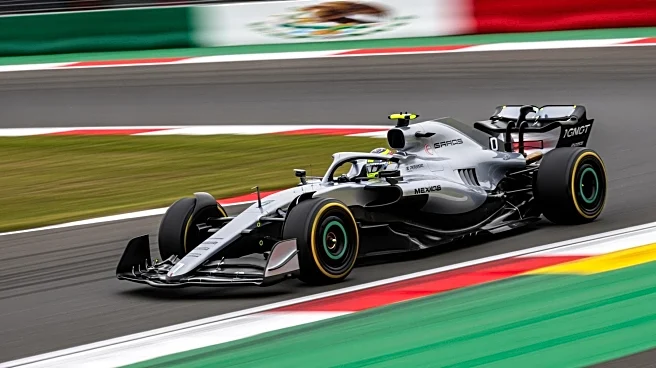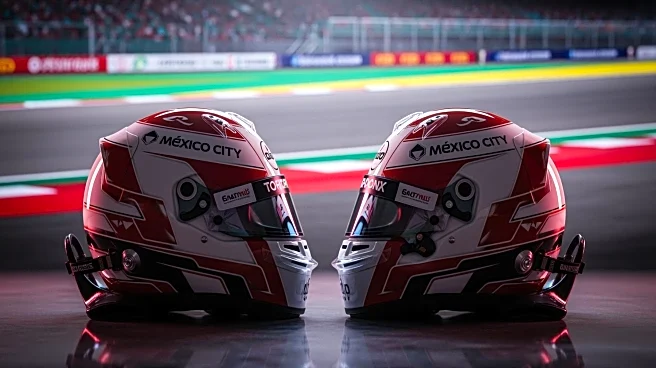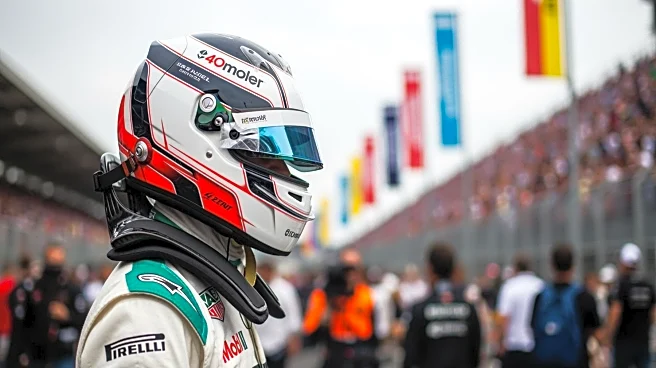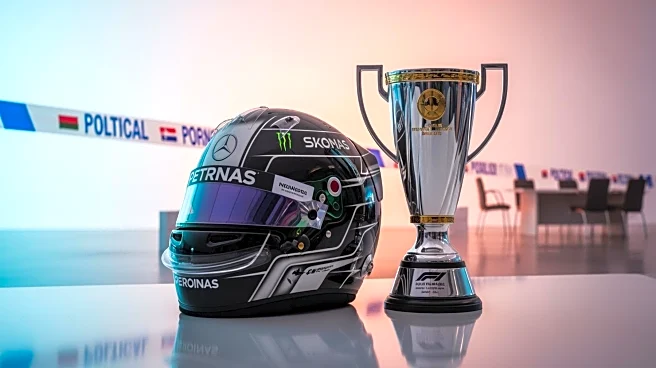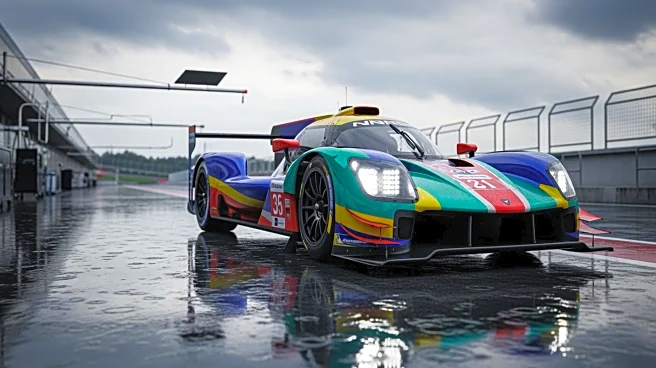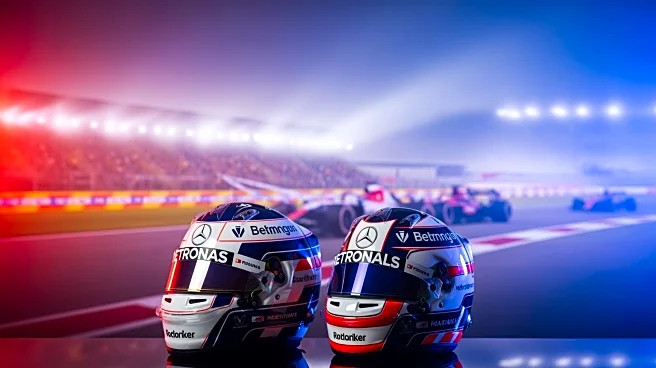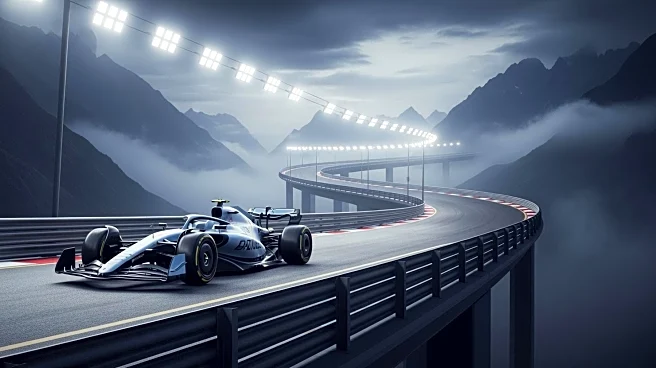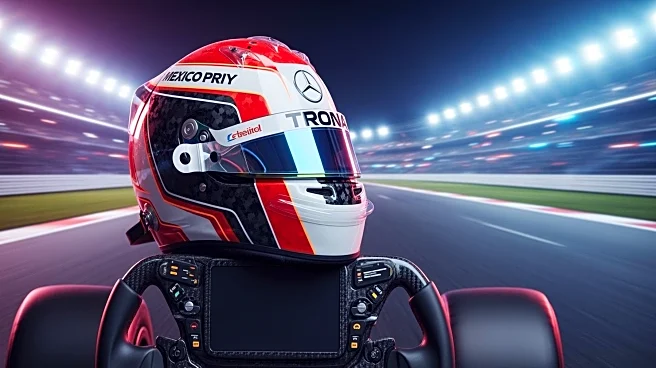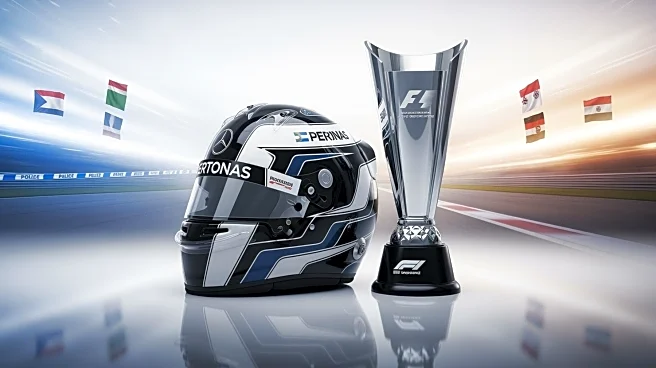What's Happening?
Formula 1 is hosting the Mexico City Grand Prix at the Autódromo Hermanos Rodríguez, known for its challenging high-altitude conditions. The event features a revised format with three practice sessions,
traditional qualifying, and a full-distance race on Sunday. Notably, nine rookie drivers will participate in the first practice session (FP1), fulfilling teams' mandatory driver development quotas. This includes McLaren's Pato O'Ward, Ferrari's Antonio Fuoco, and Mercedes' Frederik Vesti, who will replace established drivers like Max Verstappen, Lewis Hamilton, and Lando Norris. The high-altitude environment poses unique challenges for engine power and tire management, making early practice data crucial for teams as they strategize for the remaining races of the season.
Why It's Important?
The inclusion of rookie drivers in the Mexico City Grand Prix practice sessions is significant for several reasons. It provides these young talents with valuable exposure and experience, potentially influencing team decisions for the 2026 season. For the teams, it offers an opportunity to assess new talent under competitive conditions, which could impact future driver line-ups. Additionally, the high-altitude conditions of the Autódromo Hermanos Rodríguez require precise adjustments to power unit strategies, making the practice sessions critical for optimizing performance. This event also highlights the ongoing efforts within Formula 1 to balance the development of emerging drivers with the competitive demands of the sport.
What's Next?
As the weekend progresses, teams will analyze the data collected from the practice sessions to refine their strategies for the qualifying rounds and the main race. The performance of rookie drivers may influence team decisions regarding future driver contracts and development programs. Fans and stakeholders will be watching closely to see how these young drivers perform under pressure, potentially affecting their prospects for securing seats in the 2026 season. The high-altitude conditions will continue to be a focal point, with teams adjusting their setups to maximize engine efficiency and tire management.
Beyond the Headlines
The integration of rookie drivers into high-profile events like the Mexico City Grand Prix reflects broader trends in Formula 1 towards nurturing new talent and ensuring the sport's sustainability. This approach aligns with the industry's goals of promoting diversity and innovation within the sport. The unique challenges posed by the high-altitude track also underscore the importance of technological advancements in engine and tire design, which are crucial for maintaining competitive performance in diverse environments.
